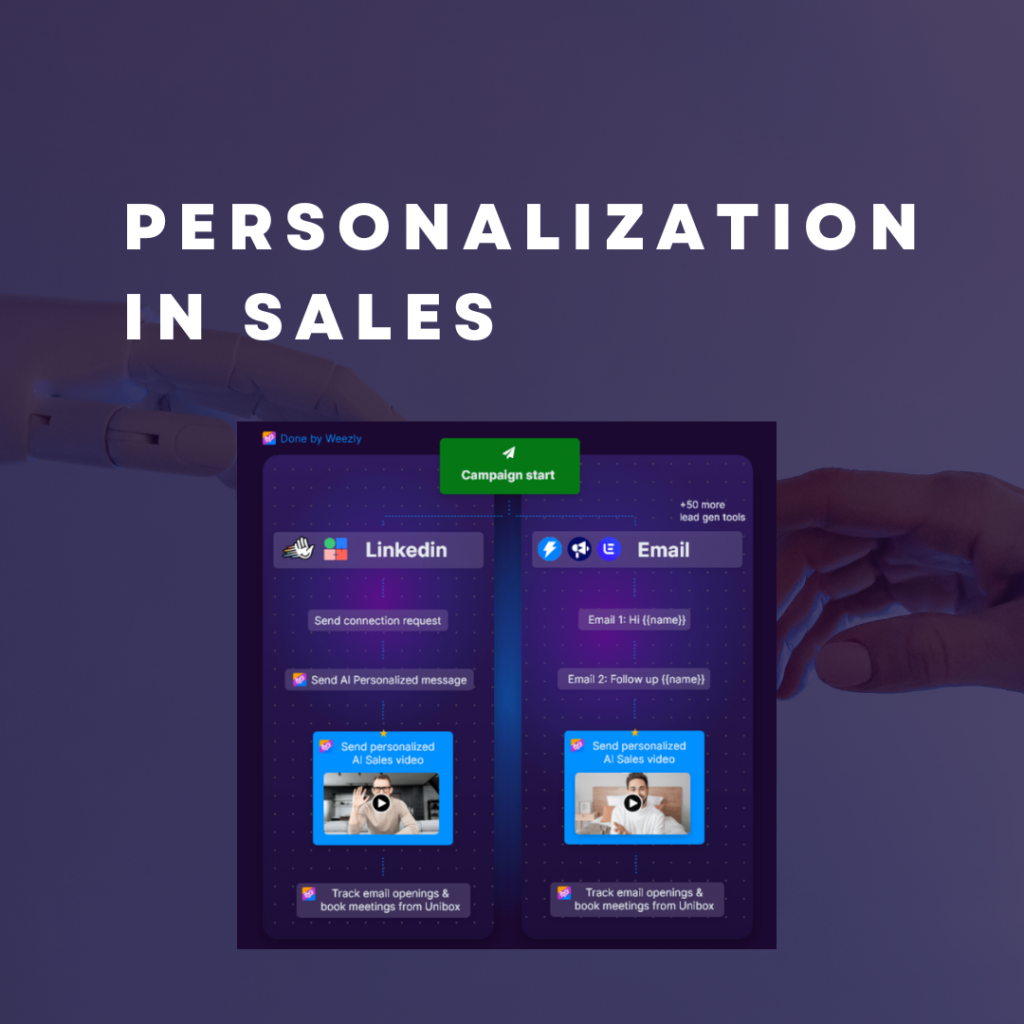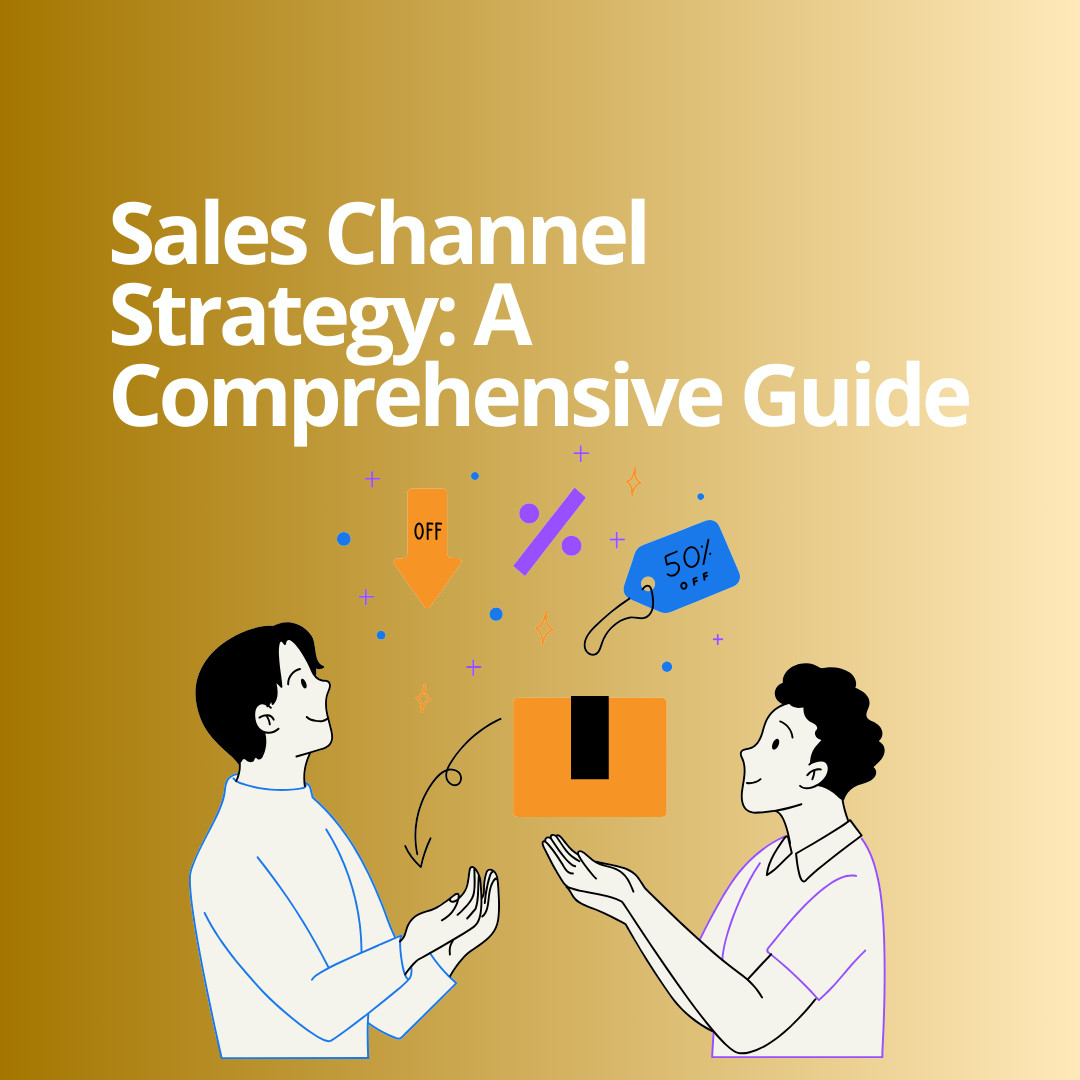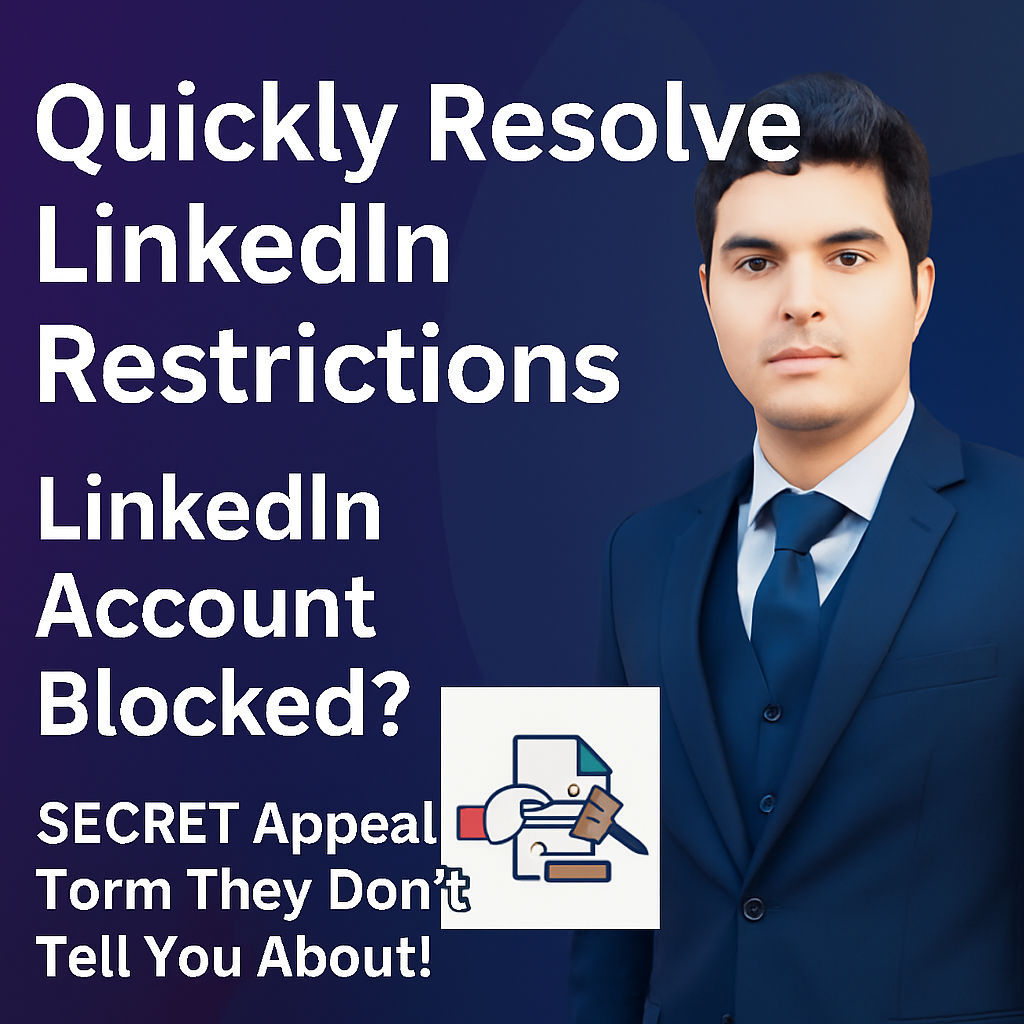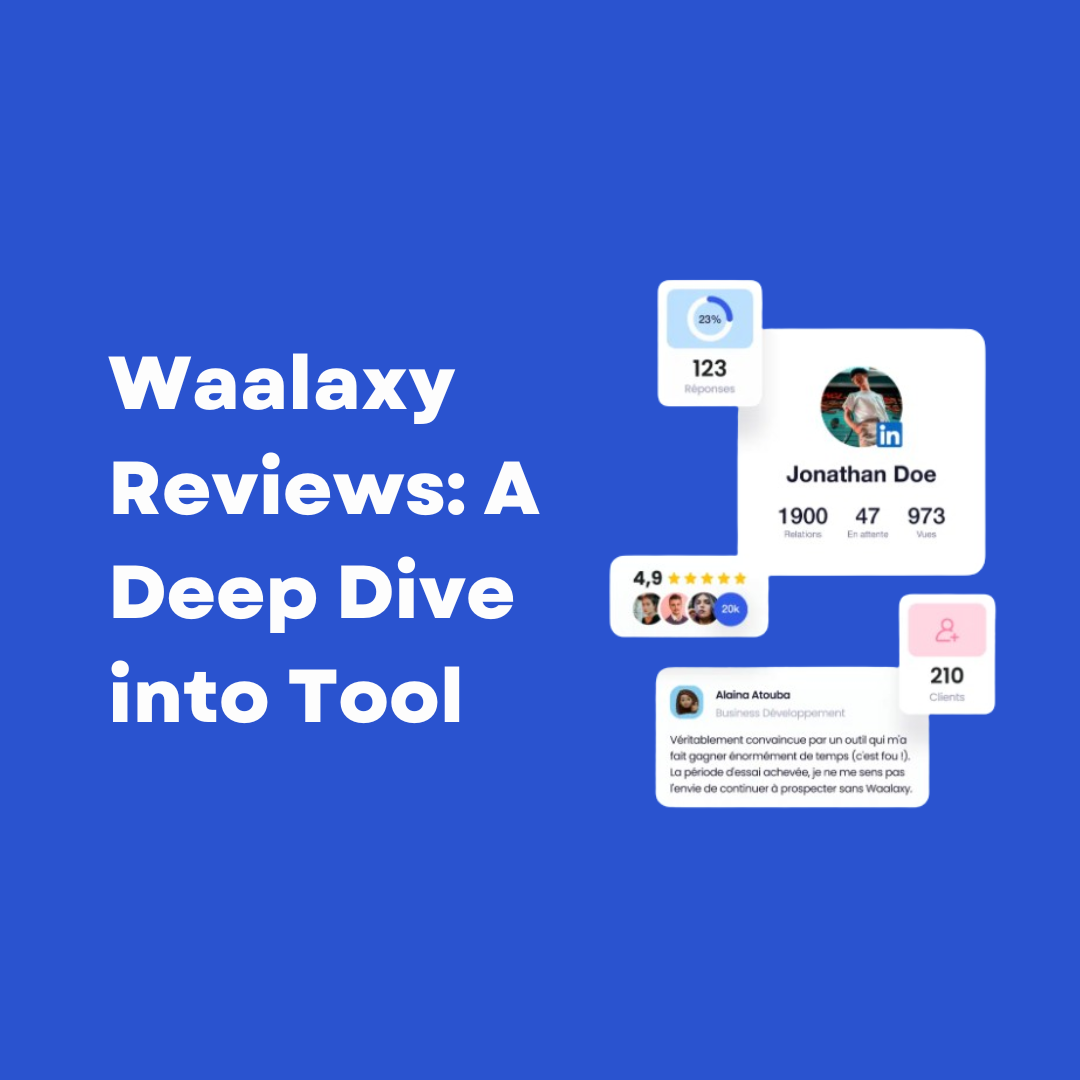In today’s highly competitive market, personalization has become a buzzword, particularly in the realm of sales. The concept of personalization in sales revolves around tailoring the sales process to meet the specific needs, preferences, and behaviors of individual customers. This approach not only enhances the customer experience but also significantly boosts conversion rates and customer loyalty.
In this blog post, we will delve into the various aspects of personalization in sales, including strategies, benefits, implementation techniques, and the role of tools like Weezly in enhancing personalization efforts.
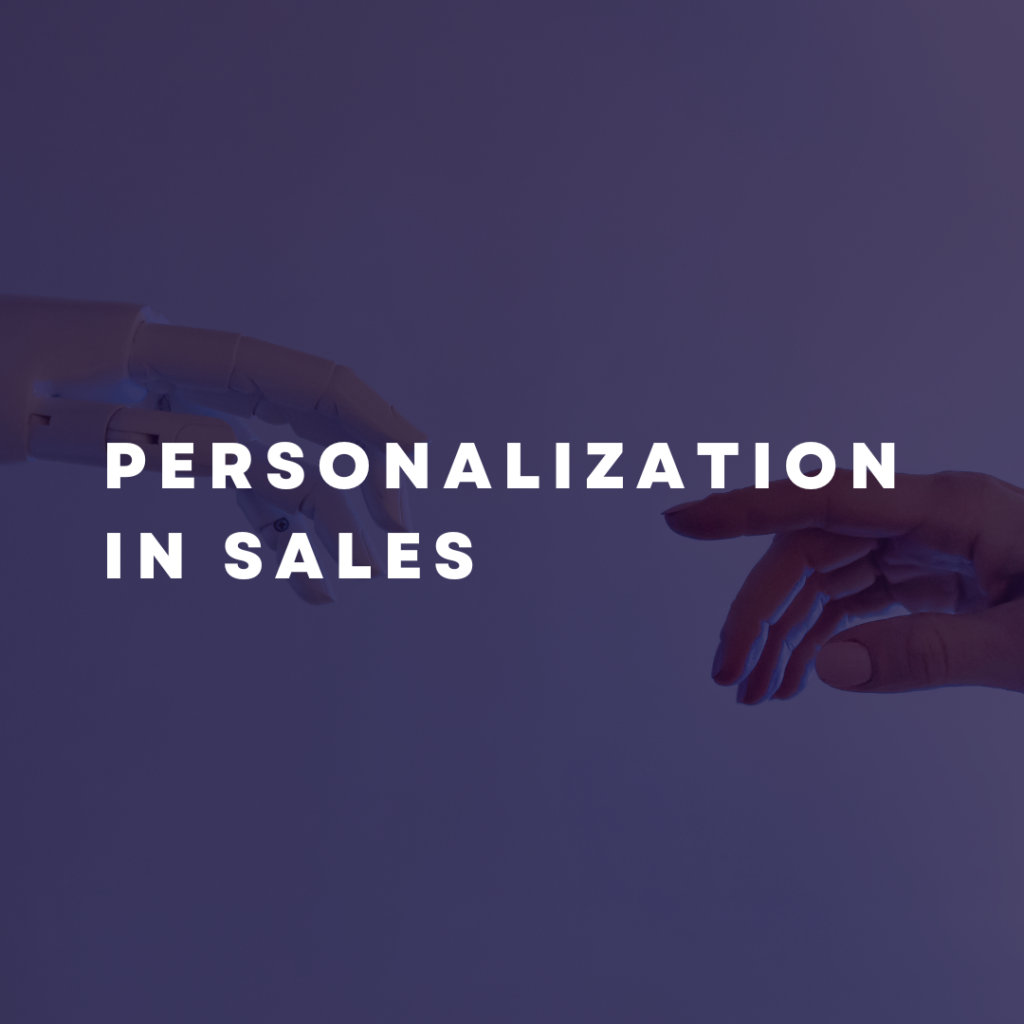
Understanding Personalization in Sales
What is Personalization in Sales?
Personalization in sales involves customizing the interaction between a salesperson and a customer based on individual customer data. This data can include demographics, purchase history, browsing behavior, and more. By leveraging this information, sales teams can create highly targeted and relevant experiences for each customer, making them feel valued and understood.
Why is Personalization Important?
- Enhanced Customer Experience: Personalization helps in creating a more engaging and satisfying customer experience. When customers feel that a brand understands their needs and preferences, they are more likely to make a purchase and remain loyal to the brand.
- Increased Conversion Rates: Personalized sales strategies have been shown to significantly increase conversion rates. According to a study by Epsilon, 80% of consumers are more likely to do business with a company that offers personalized experiences.
- Customer Loyalty and Retention: Personalization fosters a deeper connection between the customer and the brand, leading to higher customer retention and loyalty. Customers who experience personalized interactions are less likely to switch to competitors.
Strategies for Implementing Personalization in Sales
1. Collecting and Analyzing Customer Data
The first step towards personalization is collecting relevant customer data. This includes:
- Demographics: Age, gender, location, etc.
- Behavioral Data: Browsing history, purchase history, and interaction with marketing materials.
- Psychographic Data: Interests, hobbies, and lifestyle choices.
Tools like Google Analytics and HubSpot can help in gathering and analyzing this data to create detailed customer profiles.
2. Segmenting Your Audience
Once you have collected customer data, the next step is to segment your audience into different groups based on shared characteristics. This segmentation allows you to tailor your sales approach to different customer groups more effectively. Common segmentation criteria include:
- Demographic Segmentation: Grouping customers based on age, gender, income, etc.
- Geographic Segmentation: Segmenting customers based on their location.
- Behavioral Segmentation: Categorizing customers based on their purchase history and online behavior.
3. Personalizing Communication
Personalized communication can take various forms, including:
- Email Marketing: Personalized email campaigns that address customers by their name and recommend products based on their past purchases.
- Social Media Engagement: Interacting with customers on social media platforms in a personalized manner, responding to their comments and messages with tailored content.
- Personalized Content: Creating content that resonates with different customer segments, such as blog posts, videos, and infographics that address their specific needs and interests.
4. Utilizing Artificial Intelligence and Machine Learning
AI and machine learning play a crucial role in enhancing personalization efforts. These technologies can analyze vast amounts of data to identify patterns and predict customer behavior.
Tools like Weezly utilize AI to provide personalized recommendations and insights, helping sales teams tailor their approach more effectively.
5. Providing Personalized Recommendations
Personalized product recommendations can significantly enhance the customer experience. By analyzing customer data, you can recommend products that are most likely to interest each customer. This can be done through:
- On-Site Recommendations: Displaying personalized product recommendations on your website based on the customer’s browsing and purchase history.
- Email Recommendations: Send personalized product recommendations via email based on the customer’s past purchases and preferences.
6. Implementing a Customer Relationship Management (CRM) System
A robust CRM system is essential for managing and utilizing customer data effectively. CRM systems like Salesforce and Zoho CRM help in organizing customer information, tracking interactions, and automating personalized communication.
Benefits of Personalization in Sales
1. Improved Customer Engagement
Personalization makes customers feel valued and understood, leading to higher engagement levels. Engaged customers are more likely to interact with your brand, consume your content, and make purchases.
2. Higher Conversion Rates
Personalized sales strategies have a direct impact on conversion rates. By providing relevant and tailored experiences, you can guide customers more effectively through the sales funnel, resulting in higher conversion rates.
3. Increased Customer Loyalty
Personalization fosters a sense of loyalty among customers. When customers feel that a brand understands their needs and preferences, they are more likely to stay loyal and continue doing business with that brand.
4. Better Customer Insights
Personalization efforts provide valuable insights into customer behavior and preferences. These insights can be used to refine your sales and marketing strategies, leading to better overall performance.
5. Enhanced Competitive Advantage
In today’s competitive market, personalization can give you a significant edge over your competitors. Brands that offer personalized experiences are more likely to attract and retain customers compared to those that do not.
Challenges and Solutions in Personalizing Sales
1. Data Privacy Concerns
One of the biggest challenges in personalizing sales is ensuring data privacy. Customers are becoming increasingly concerned about how their data is collected and used. To address this:
- Be Transparent: Clearly communicate how customer data will be used and ensure that your privacy policies are easily accessible.
- Obtain Consent: Always obtain explicit consent from customers before collecting and using their data.
- Secure Data Storage: Use secure methods for storing customer data to protect it from unauthorized access.
2. Data Integration Issues
Integrating data from various sources can be challenging. To overcome this:
- Use a Centralized CRM: Implement a centralized CRM system that integrates data from multiple sources, providing a unified view of each customer.
- Regular Data Audits: Conduct regular data audits to ensure that the information is accurate and up-to-date.
3. Balancing Personalization with Automation
While automation is essential for scaling personalization efforts, it is important to strike a balance between automation and genuine human interaction. To achieve this:
- Automate Routine Tasks: Use automation for routine tasks such as data collection and analysis, freeing up time for sales teams to focus on personalized interactions.
- Maintain a Human Touch: Ensure that automated communications still have a personal touch and that there are opportunities for genuine human interaction when needed.
Case Study: How Weezly Enhances Personalization in Sales?
Weezly is a leading provider of AI-driven sales solutions that help businesses enhance personalization efforts. By leveraging advanced AI algorithms, Weezly provides personalized recommendations and insights that enable sales teams to tailor their approach to each customer effectively.
Benefits of Using Weezly:
- Increased Efficiency: By automating routine tasks and providing valuable insights, Weezly helps sales teams work more efficiently and effectively.
- Enhanced Personalization: Weezly’s AI-powered recommendations and insights enable sales teams to offer highly personalized experiences to each customer.
- Improved Customer Engagement: Personalized interactions facilitated by Weezly lead to higher customer engagement and satisfaction.
Tips for Successfully Implementing Personalization in Sales
1. Start Small and Scale Gradually
When implementing personalization, start with small, manageable initiatives and scale gradually as you gain more experience and insights. This approach allows you to refine your strategies and ensure that they are effective before expanding them.
2. Focus on Quality Data
Ensure that the data you collect is accurate and relevant. High-quality data is essential for effective personalization, as it provides the foundation for understanding customer needs and preferences.
3. Invest in the Right Tools
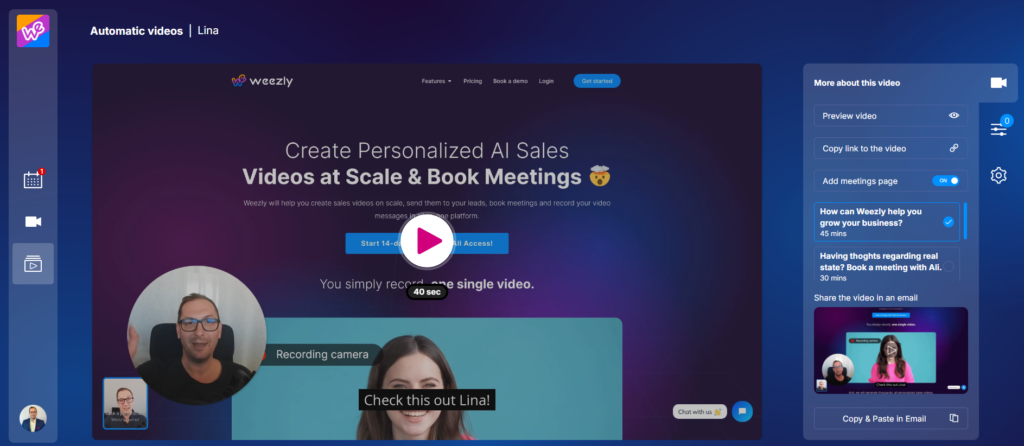
Invest in tools and technologies that support personalization efforts, such as CRM systems, AI-driven sales solutions, and data analytics platforms. These tools can help you collect, analyze, and utilize customer data more effectively.
4. Train Your Sales Team
Provide training to your sales team on the importance of personalization and how to leverage customer data to create personalized experiences. A well-trained team is essential for successfully implementing personalization strategies.
5. Continuously Monitor and Adjust
Personalization is an ongoing process that requires continuous monitoring and adjustment. Regularly review your personalization efforts, analyze the results, and make necessary adjustments to ensure that your strategies remain effective.
Conclusion
Personalization in sales is no longer a luxury but a necessity in today’s competitive market. By tailoring your sales approach to meet the specific needs and preferences of individual customers, you can enhance the customer experience, increase conversion rates, and foster long-term loyalty. Implement
ing effective personalization strategies involve collecting and analyzing customer data, segmenting your audience, personalizing communication, leveraging AI and machine learning, and utilizing robust CRM systems.
Tools like Weezly play a crucial role in enhancing personalization efforts by providing AI-powered recommendations and insights. By following the tips and strategies outlined in this blog post, you can successfully implement personalization in your sales process and achieve better results.
Remember, personalization is an ongoing process that requires continuous effort and adjustment. By staying committed to personalization and leveraging the right tools and strategies, you can create meaningful and lasting relationships with your customers, ultimately driving your business success.

